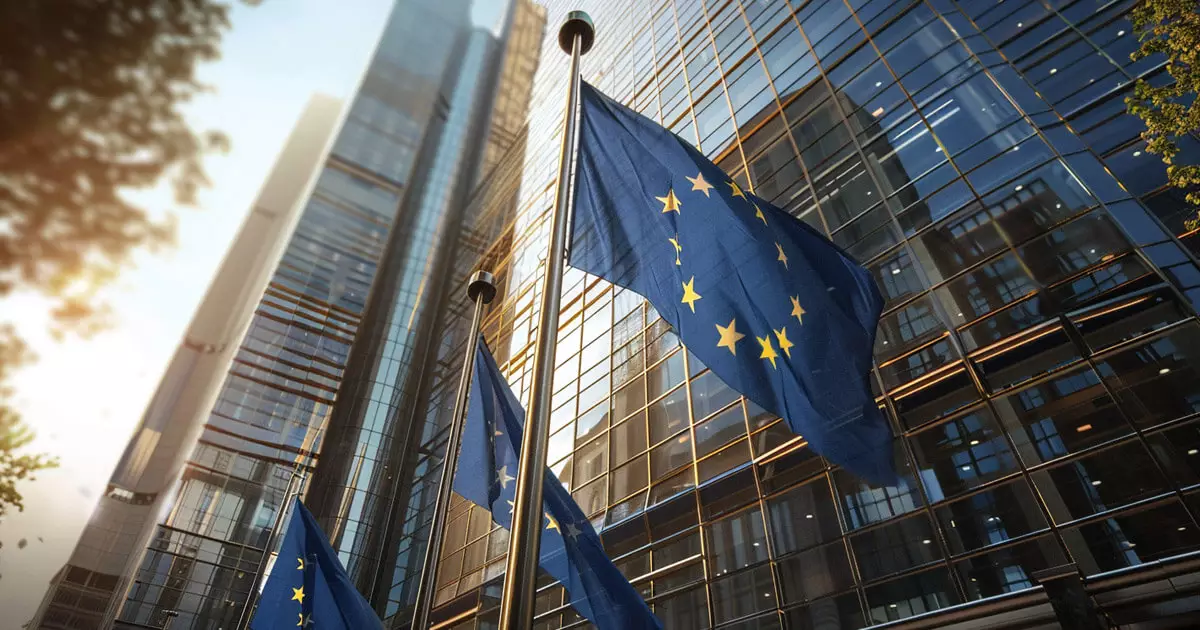The digital asset ecosystem is experiencing an unprecedented transformation, and the recent establishment of the MiCA Crypto Alliance by the DLT Science Foundation (DSF) marks a significant milestone in this evolution. Announced on September 16, the alliance has garnered attention due to the involvement of major players including Hedera, Ripple, and the Aptos Foundation. With the foundational aim to comply with the Markets in Crypto Assets (MiCA) regulation approved by the European Union, this initiative strives to create a balanced environment where innovation flourishes alongside user protection.
The MiCA regulation is touted as a pivotal framework designed to safeguard crypto users while nurturing technological advancements in the blockchain sector. One of the more stringent aspects of the regulation is the requirement for Crypto-Asset Service Providers (CASPs)—including centralized exchanges—to disclose comprehensive details about their operations, particularly the ecological impact. By mandating these disclosures via white papers and publicly available online information, the regulation aims to encourage transparency and accountability.
However, the introduction of MiCA brings to light several inherent challenges. A notable concern is the lack of a standardized template for CASPs to present sustainability data, which could lead to inconsistencies and potential non-compliance. This void is precisely what the MiCA Crypto Alliance aspires to address, highlighting the importance of collaboration among stakeholders in navigating regulatory complexities.
The MiCA Crypto Alliance’s central role is to facilitate compliance for its members through coordinated efforts. By providing a structure that allows major blockchain projects, foundations, and CASPs to collaborate effectively, the alliance aims to establish a more unified approach to regulatory adherence. As part of this initiative, members will benefit from access to advanced sustainability metrics and AI-assisted tools that simplify the generation of white papers tailored to meet MiCA’s requirements.
Dr. Paolo Tasca, the founder and chairman of the DSF, emphasizes the importance of sustainability disclosure, noting that such requirements encourage climate responsibility in the blockchain sector. He expresses a commitment to not only help projects comply with the regulation but also to equip them with essential resources for success in this rapidly changing landscape.
Collaboration is at the heart of the MiCA Crypto Alliance. By working together, member organizations can foster a cooperative spirit that benefits the entire industry. For instance, Nilmini Rubin, Chief Policy Officer at Hedera, articulates the significance of joining forces with industry leaders. Their collective efforts are intended to establish a cohesive regulatory framework that addresses the needs of consumers while promoting innovation across blockchain platforms.
This intricate balance between regulation and innovation is crucial for the sustained growth of the cryptocurrency industry. The MiCA Crypto Alliance plays an essential role in ensuring that as the industry evolves, it does so with a focus on compliance, sustainability, and user empowerment. As this alliance progresses, its impact on regulatory practices and overall industry standards will be closely watched, potentially setting the tone for future developments across the globe.
The launch of the MiCA Crypto Alliance by the DLT Science Foundation is a proactive approach to navigate the evolving landscape of crypto regulation. By emphasizing collaboration, sustainability, and compliance, the alliance not only aims to mitigate the challenges posed by MiCA but also sets a precedent for future regulatory efforts in the blockchain domain. As members unite to share resources and knowledge, the initiative may prove instrumental in shaping a responsible and innovative ecosystem for digital assets.


Leave a Reply